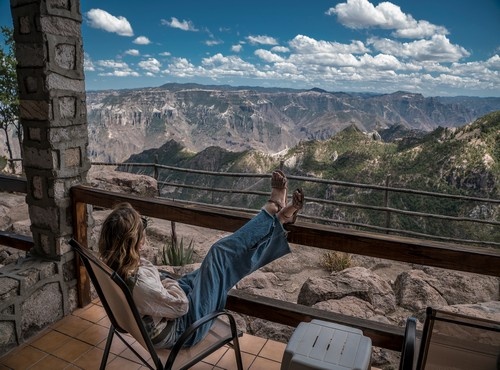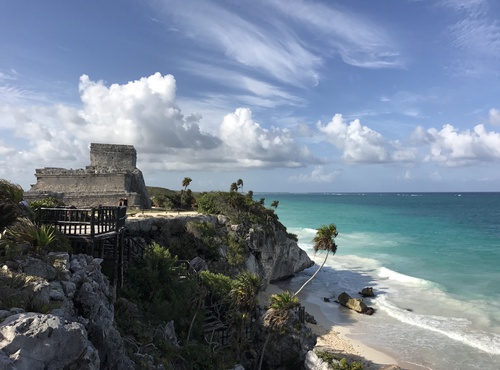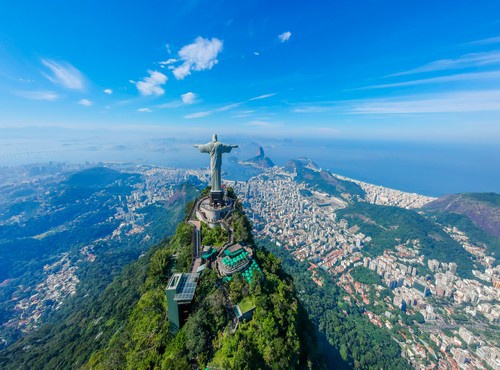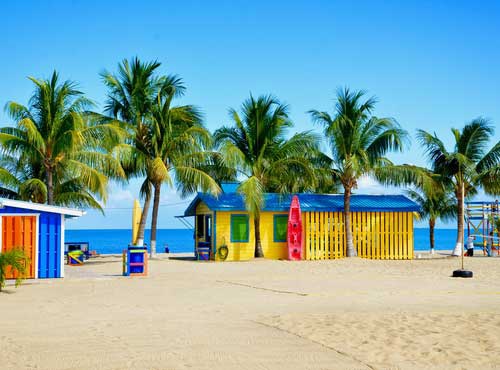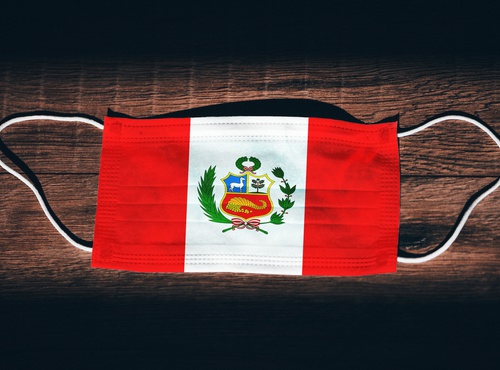
Written by:undefined undefined
Published: 12-06-2023
Let's not beat around the bush here, Mexico is huge. That has to be taken into account when you are traveling around the country. Bear in mind the distances between the main destinations and journeys by land transport can be very long. Getting from Tijuana to Mexico City, for example, can take nearly two days nonstop by bus. Although public transport at ground level is frequent and reasonably efficient everywhere, taking an internal flight at least once may be worthwhile for the time it saves. Here are the best ways to get around Mexico.
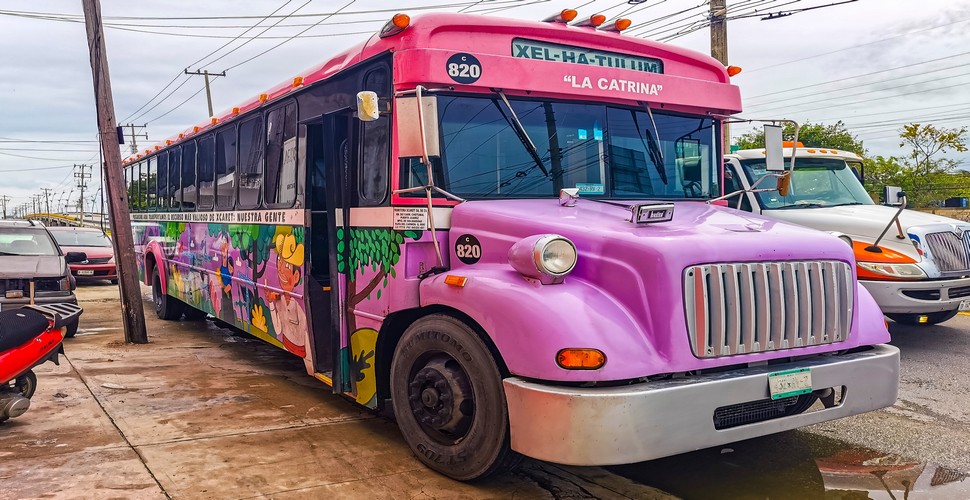
Mexico Chicken Bus
Air Travel
There are more than fifty airports in Mexico with regular passenger flights run by local airlines, plus several smaller airports with feeder services. The main company is Aeroméxico which connects most places to Mexico City, usually several times a day. There are numerous other smaller and no-frills domestic airlines such as Aeromar, Interjet, Volaris, Mayair, Viva Aerobus, and AeroServicio Guerrero, which also cover most major destinations. Competition between the companies keeps prices steady and relatively low: a one-way trip between Mexico City and Cancún, for example, can cost as little as US$60. Internal airfares reflect the popularity of the route, meaning the more popular the trip, the lower the price. Thus the flight from Tijuana to Mexico City costs much the same as the much shorter, but less popular flight from Tijuana to Chihuahua, but even the more expensive routes can be worthwhile for the time they save. While the smaller airlines might be cheaper, there are few discounts and the price of a ticket on a particular flight doesn’t normally vary from agent to agent.
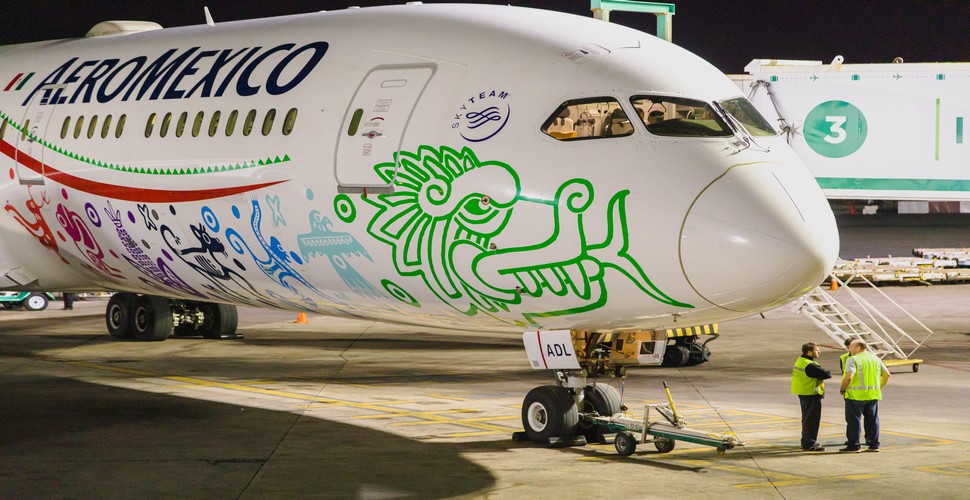
AeroMexico
Bus Travel
If you’re traveling around Mexico by bus, buses are the most efficient form of long-distance transport. Within Mexico, buses are by far the most common and efficient form of public transport. The legendary craziness of Mexican bus drivers is largely a thing of the past, and many bus companies have installed warning lights and buzzers to indicate when the driver is exceeding the speed limit (though these are often ignored by the driver). In recent years the government has been trying to improve the safety record through regular mechanical checks and also with random alcohol and drug tests on drivers.
There are basically two classes of bus, first (primera) and second (segunda), though on major long-distance routes, there’s often little to differentiate them. First-class vehicles have reserved seats, videos, and air-conditioning (which can be fierce – you may want a jumper), though an increasing number of second-class lines have the same comforts. The main differences will be the number of stops made, with second-class buses stopping at more places, and consequently taking longer to get to their destination. The fare is about ten percent higher for first-class services. On important routes, there are also deluxe, or Pullman, buses, with names like Primera Plus or Turistar Plus, and fares around thirty percent higher than those of first-class buses.

Segunda Class Bus
Most towns have a modern bus station, known as the Central Camionera or Central de Autobuses. Don’t let the word “central” fool you, as they are usually located a long way from the town center. Where there is no unified terminal you may find separate first- and second-class terminals, or individual ones for each company, sometimes little more than bus stops at the side of the road. There is some form of baggage deposit (left luggage) office in most bus stations – usually known as a guardería. Before leaving anything, make sure that the place will be open when you come to collect your bags. If there’s no formal facility, staff at the bus companies’ baggage dispatching offices can often be persuaded to look after your things for a short while.
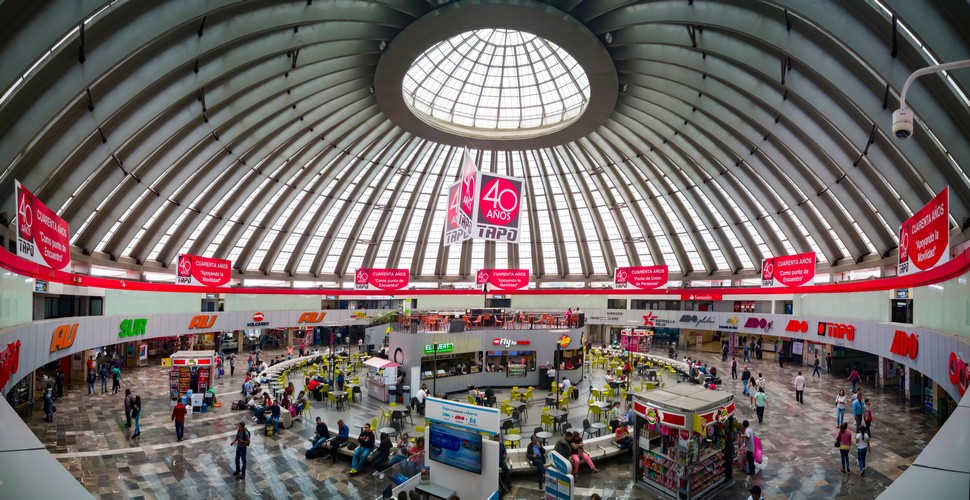
Mexico City Bus Station
Combi/Colectivos
Public transport within Mexican towns and cities is always plentiful and inexpensive, though crowded and not particularly user-friendly. Mexico City has an excellent Metro system and there are smaller metros in both Guadalajara and Monterrey. Elsewhere, however, you’ll be reliant on buses (often a flat fare, though this varies from place to place). Wherever possible we’ve indicated which bus to take and where to catch it, but often only local people will fully understand the intricacies of the system and you may well have to ask: the main destinations of the bus are usually marked on the windscreen, which helps. In bigger places combis or colectivos offer a faster and perhaps less crowded alternative for only a little more money. These are minibusses, vans, or large sport utility vehicles that run along fixed routes to set destinations; they’ll pick you up and drop you off wherever you like along the way, and you simply pay the driver for the distance traveled.
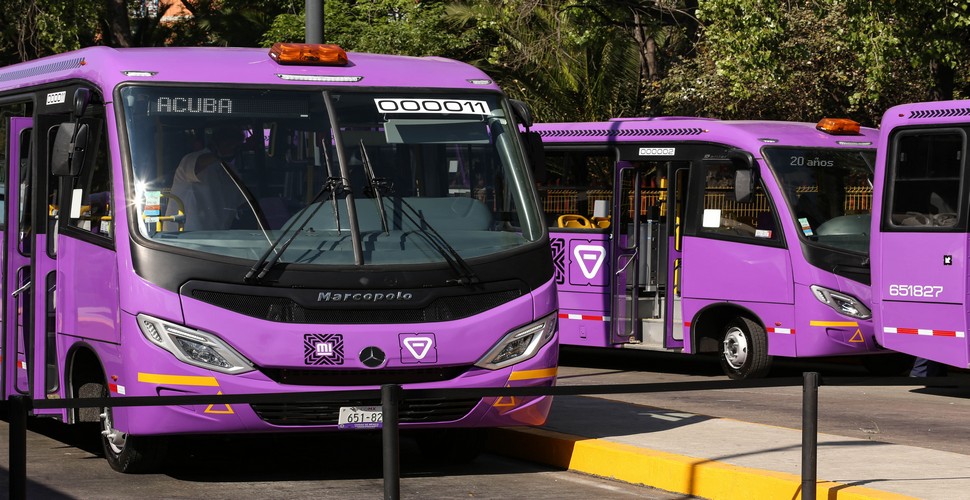
Cancun Colectivo
Taxis
Regular taxis can also be good value, but be aware of rip-offs – unless you’re confident that the meter is working, fix a price before you get in. In the big cities, there are often tables of fixed prices posted at prominent spots. At almost every airport and at some of the biggest bus stations you’ll find a booth selling vouchers for taxis into town at a fixed price depending on the part of town you want to go to – sometimes there’s a choice of paying more for a private car or less to share. This will invariably cost less than just hailing a cab outside the terminal, and will certainly offer extra security. In every case, you should know the name of a hotel to go to, or they’ll take you to the one that pays the biggest commission. Never accept a ride in any kind of unofficial or unmarked taxi, and in Mexico City be especially cautious.
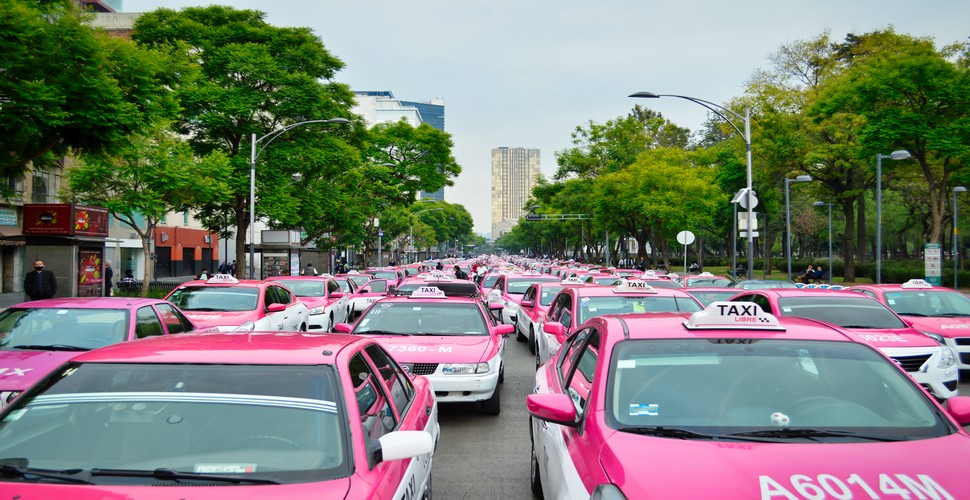
Mexico Cab
Metro Systems in Mexico
Two of Mexico’s big cities; Mexico City and Monterrey, have Metro systems in operation. The Metro can be one of the most effective ways to travel across the cities, especially Mexico City.
Mexico City has 4 Metro Systems; two are rail-based, and 2 are bus.
Rail Metro
El Metro is the main rail-based mass-transport system in Mexico City. The trains run principally underground, although there are several stretches where the train runs over the ground, too. Some four-and-a-half million people use Mexico City’s metro system each weekday. The system has twelve lines that crisscross the capital. The Metro connects most major areas of the city together and, where the Metro doesn’t reach, Micros (see Local Buses, above), run frequent axis routes from the Metro stations.
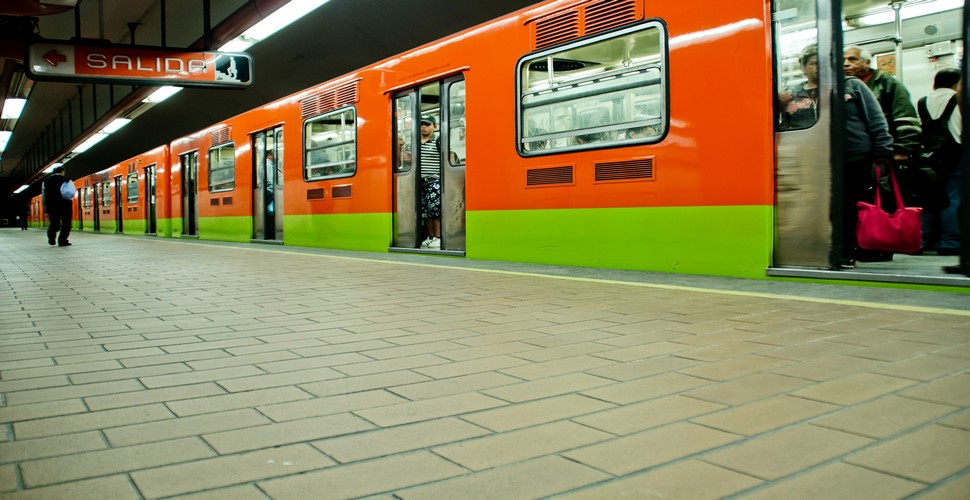
Rail metro
The Tren Ligero
The Tren Ligero (Light Train) is an extension of Mexico City’s Metro system. In years past, the line was a 1950s style Tranvia (Tram), which was upgraded to Tren Ligero status and connects the southern-most Metro terminal, Metro Taxqueña, with Xochimilco, one of the southernmost suburbs in the capital.
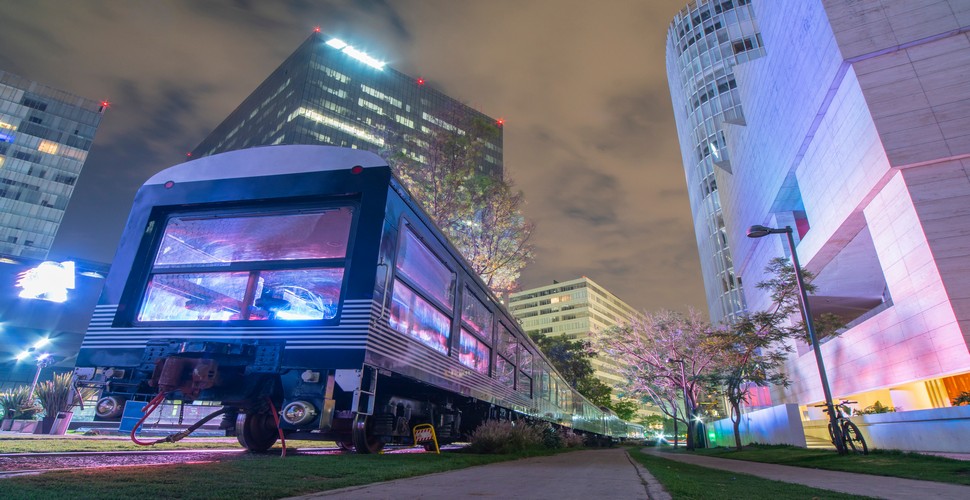
Tren Ligero
Metro Bus
In 2006, Mexico City’s government began introducing a new Metrobus service. The service is a dedicated bus lane that runs along Avenida Insurgentes in Mexico City, a boulevard that is over 35 miles long and said to be the longest commercial boulevard in the world. The boulevard has four lanes on each side, with a dividing area in the middle. The fourth (outside) lane on each side has been cordoned-off and made into an exclusive Metrobus lane; stations have been built upon the central reservation at various points along the boulevard. The format has worked well and is being adopted in other Mexican cities, for example, in Acapulco. Like the Metro, the Metrobus can be a very efficient way to traverse the busy and congested capital city but, like the rail Metro, the buses can get very full at peak times.
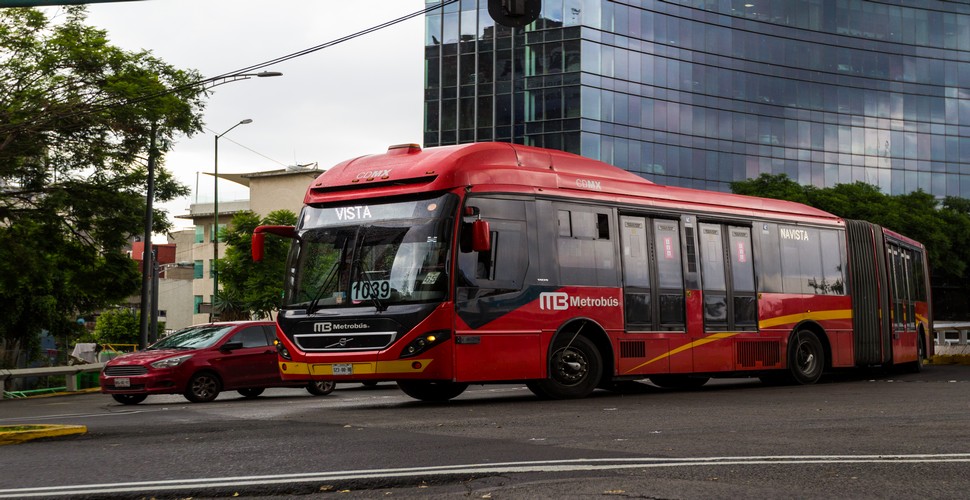
Mexico City Metrobus
Airport Metro Bus
Line 4 of the Metrobus was introduced in the spring of 2012, a special Metro Bus that connects the downtown area of the city with the capital’s airport. The buses on this line are only two-thirds as long as the articulated ones that run on lines one, two, and three, and the stops are like traditional bus stops, whereas the older Metrobus lines have stations accessible via turnstiles. Payment will also be made using electronic cards, but these will be read by a machine on the bus. The new Metrobus line runs around the Historic Center of Mexico City in a circuit that goes from Buenavista train station to the San Lázaro station, which includes the Metro and the eastern interstate bus terminal, commonly known in Mexico as TAPO. San Lázaro runs a non-stop extension to both airport terminals. On the rail-based Metro in Mexico City, you can use cash to buy small cardboard tickets which will allow you through the turnstiles, or you can use a Metro card. For transport on the Metrobus and the Tren Ligero, you must use a Metro card, which can be topped up with credit at machines or at the ticket counter (using cash payments). With your Metro card in credit, you simply press the card against the sensor on the turnstiles.
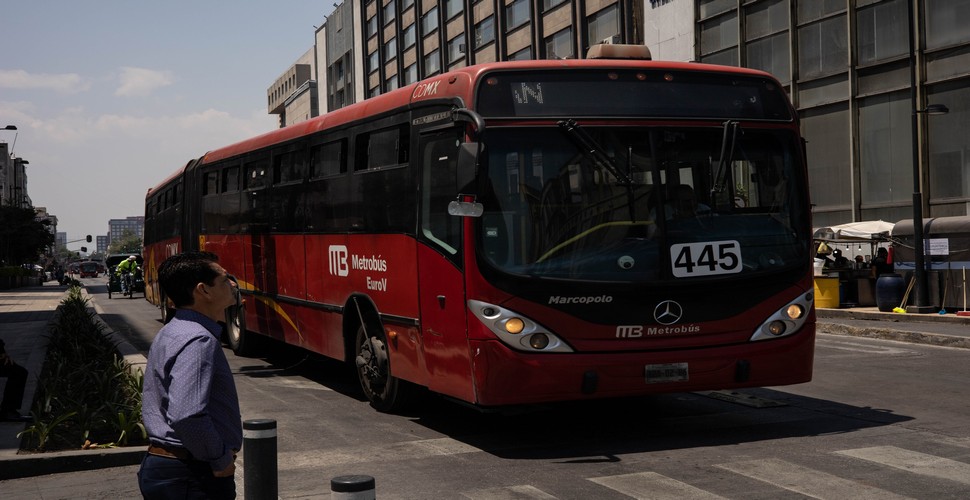
Metro Bus
Train Travel
Since Mexico’s railways were privatized in 1995, all passenger services have been withdrawn bar one suburban service out of Mexico City and a couple of tourist lines. The Copper Canyon railway in Chihuahua is an amazing scenic journey and one of the country’s top tourist attractions, and the Tequila Express from Guadalajara is also quite popular with tourists in Mexico.
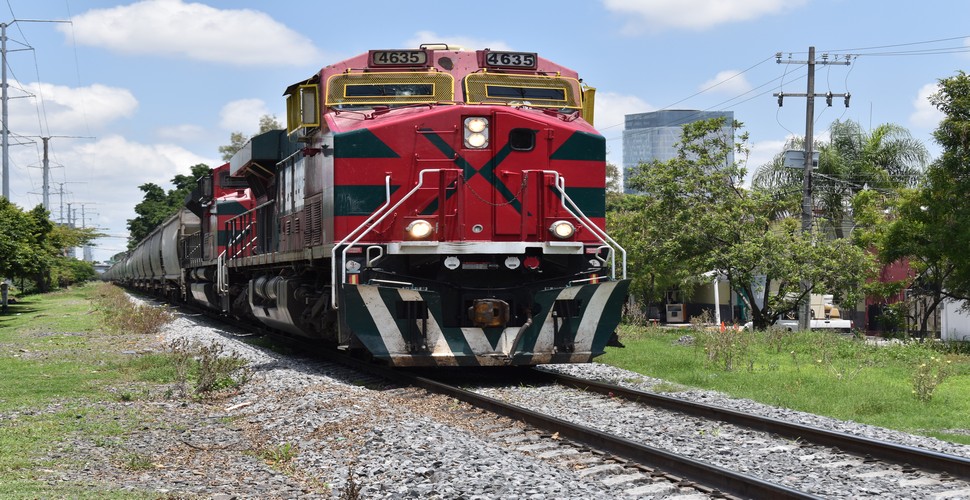
Guadalajara
Boat Travel
Ferries connect Baja California with a trio of ports on the Pacific mainland: Santa Rosalía to Guaymas, La Paz to Mazatlán, and Topolobampo (for Los Mochis). For information on schedules and fares see mexbound.com/mexico-ferry.php. There are also smaller boats to islands off the Caribbean and Gulf coasts: from Chiquilá to Holbox, from Cancún to Isla Mujeres, and from Playa del Carmen to Cozumel. Though more expensive than they once were, all these services are still pretty reasonable.
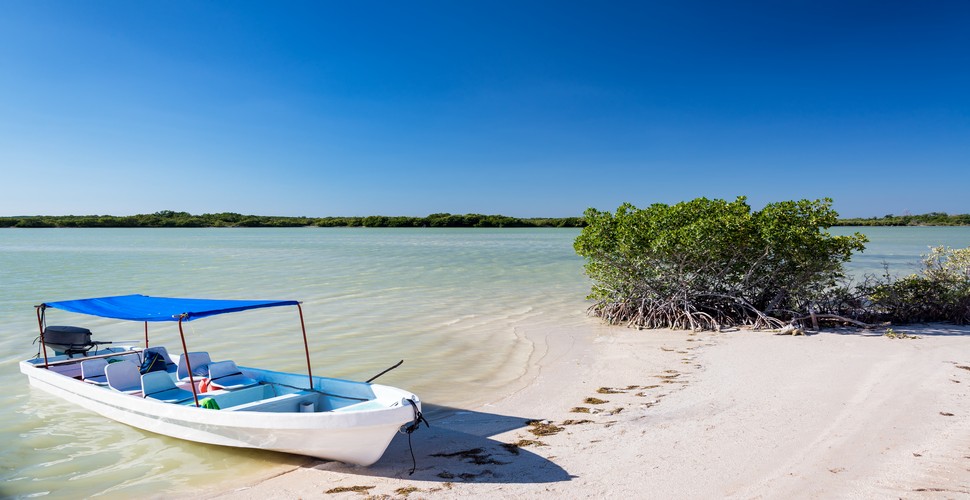
Small Boat, Maya Riviera
By Car
Driving in Mexico requires care and concentration, and almost inevitably involves at least one brush with bureaucracy or the law (for details on licenses and insurance, see the section on driving). Hitchhiking is possible, but due to safety concerns, the scarcity of lifts, and the vast distances involved, it’s not recommended.
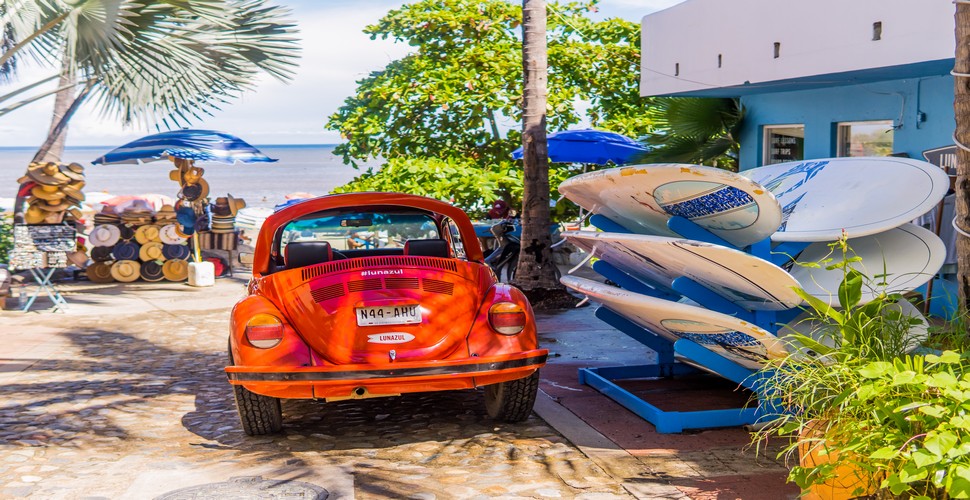
Volkswagen Beetle, Maya Riviera
Car Rental
Renting a car in Mexico is often an extremely good way of quickly seeing a small area that would take days to explore using public transport. Always check rates carefully to make sure they include insurance, tax, and the mileage you need. Daily rates with unlimited mileage start at around US$60; weekly rates usually cost around the same as six days. In some resorts mopeds, motorbikes, and even golf carts are also available for short distances, but most of the large, international companies don’t deal with them because of the high frequency of accidents.
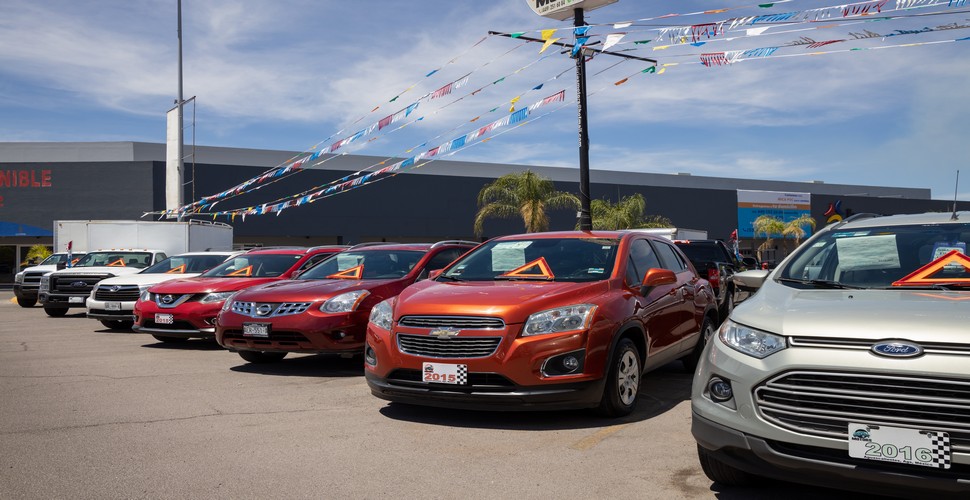
Car Hire
You should be aware when driving in Mexico, especially in a foreign vehicle, of the danger of bandits. Robberies and even more serious assaults on motorists do occur, above all in the northwest and especially in the state of Sinaloa. Robbers may try to make you stop by indicating that there is something wrong with your vehicle; they’ve also been known to pose as policemen, hitchhikers, and motorists in distress, so think twice about offering a lift or a helping hand. On the other hand, there are plenty of legitimate police checkpoints along the main roads, where you must stop, and increased security (to combat the drug cartels) has very much reduced hold-ups of buses. Robbers mainly target cargo trucks rather than private cars, but it is nonetheless best to avoid driving at night, particularly in the north of the country.

Road near the Border
Whatever your chosen transport method to explore the impressive and vast country of Mexico, you can be sure to experience many different kinds of transport methods. Ask us here if you are unsure about how to get from A to B on your Mexico vacation!







